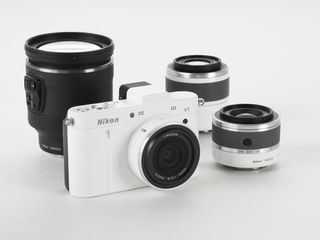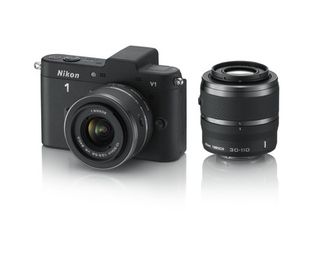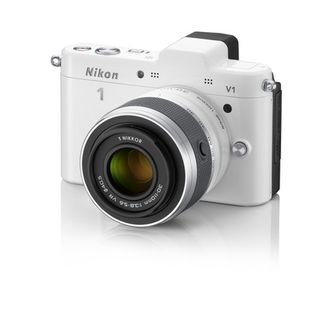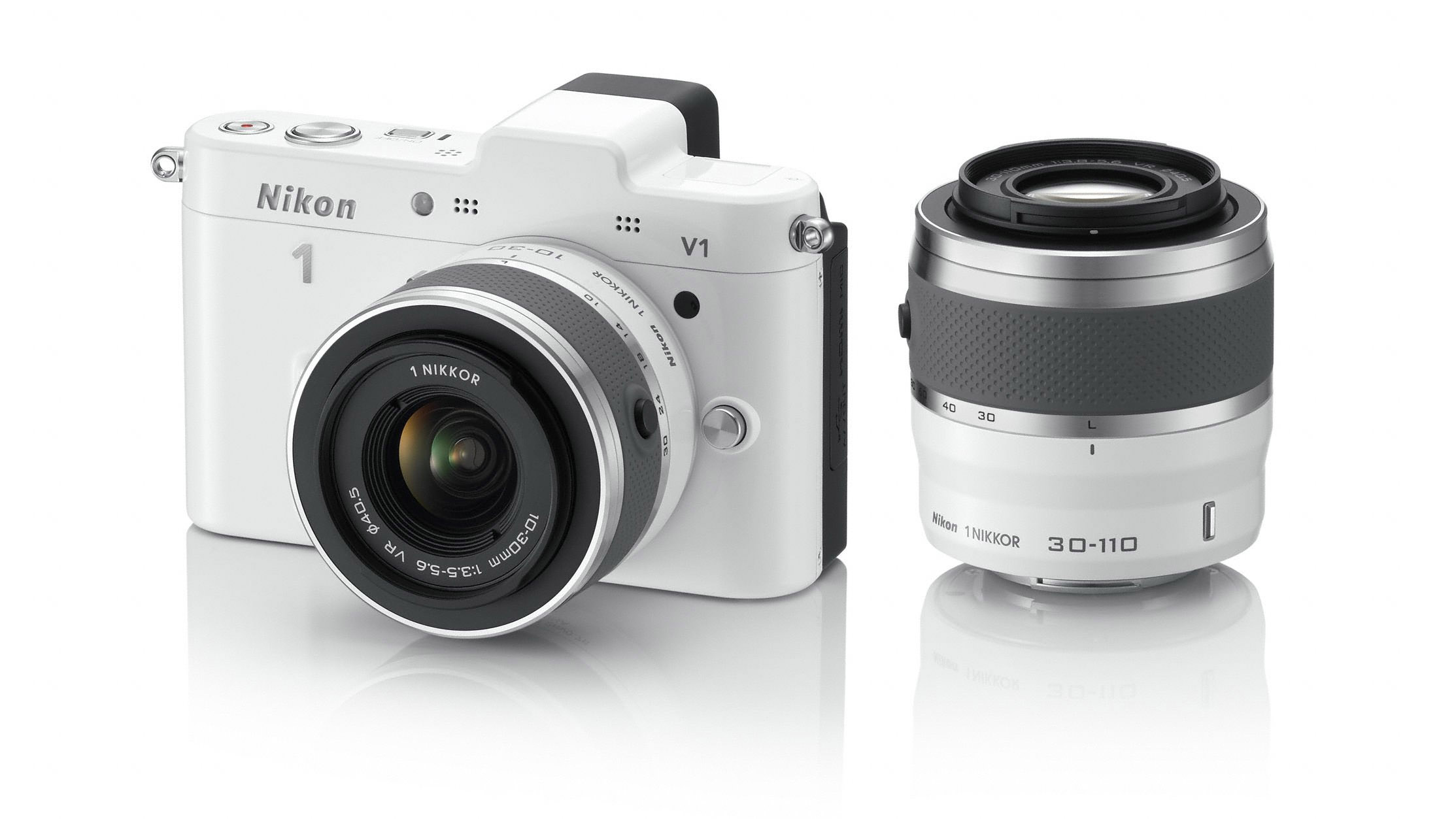Why you can trust TechRadar

Given that they have the same sensor, processor and so on, it's no surprise that the Nikon V1 and J1 produce very similar images. Most look good straight from the camera, and although there's some variation, colours are natural looking, if slightly on the warm side, with just enough saturation to give them a bit of punch.
On most occasions the automatic white balance system performs well under natural or flash light, but a few of our shots taken in very overcast conditions have a slight magenta cast.
At 100% on a computer screen, edges in the Nikon V1's images can look a little bolder than they should, but fine details are still a bit soft. However, at sensible printing sizes images look good, with decent bite and detail.
We found that the Nikon V1's multi-purpose Matrix metering mode performs very well and isn't easily tricked into under or over exposure by bright or dark areas in the scene.

Our resolution tests reveal that the Nikon V1 can't record as much detail as some Micro Four Thirds cameras, but the results are still respectable, given the size of the sensor.
As we'd expect, more detail can be extracted from raw files than is present in the simultaneously recorded JPEGs. It's also worth shooting raw files and adjusting the noise reduction that's applied (using Capture NX2 – not supplied) as it's possible to find a better balance between noise and detail visibility than in the high ISO JPEG files.
Even images captured at the lowest sensitivity settings have a faint texture that's just visible when they are examined at 100% on the computer screen. Increasing the sensitivity to ISO 800 introduces some mottled colouring in areas of shadow. This becomes increasingly noticeable (at 100%) as the sensitivity is increased.
In many situations, the Nikon V1's AF system performs very well, finding its target quickly and accurately. It even manages to keep up with fast-moving subjects in good light. However, in low light there can be some hunting. This is often just a quick back and forwards adjustment in focus, but it's present and noticeable.

While the Subject tracking AF mode works well, activating it requires two presses of the rear OK button, and it can be hard to achieve the initial lock-on with some moving subjects.
The Nikon V1's 0.47-inch 1440k-dot EVF is clear and provides an excellent view in most situations. Unfortunately, as with most EVFs, it blanks out during continuous shooting, which makes following a moving subject tricky to say the least.
Interestingly, we found that for the majority of shots taken during this test, we used the main LCD screen for composition rather than the EVF. This is a mark of the quality of the LCD display, rather than a negative point about the viewfinder.
It's helpful that the EVF has a proximity sensor to detect when the Nikon V1 is being held to the eye, but it has a habit of turning off the main LCD when an object is a couple of inches from the EVF, so it can be a nuisance, for example when shooting at a low angle and reaching down to the control buttons.
Current page: Performance
Prev Page Build quality and handling Next Page Image quality and resolution













